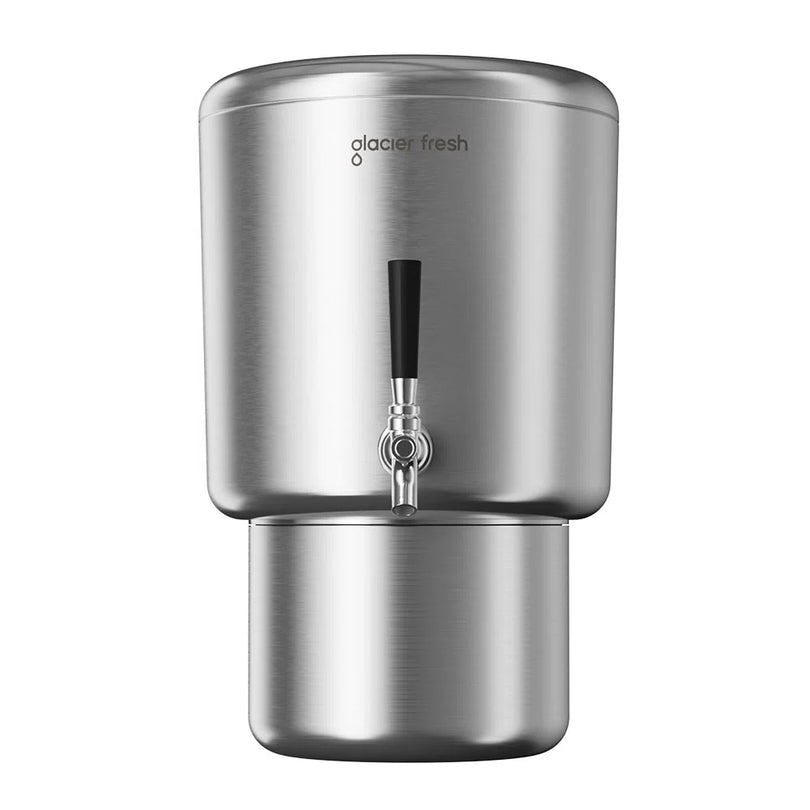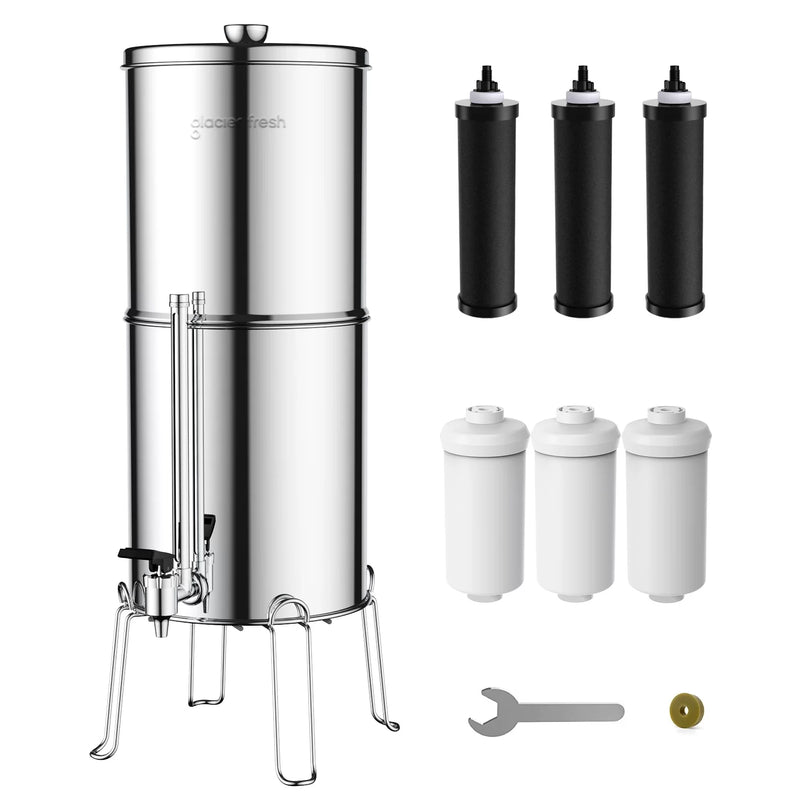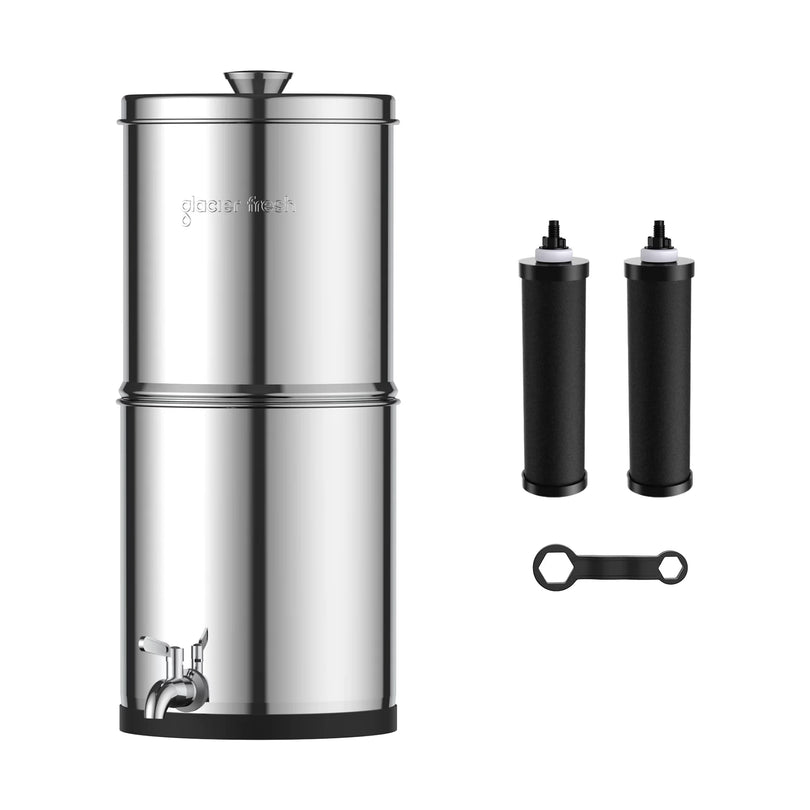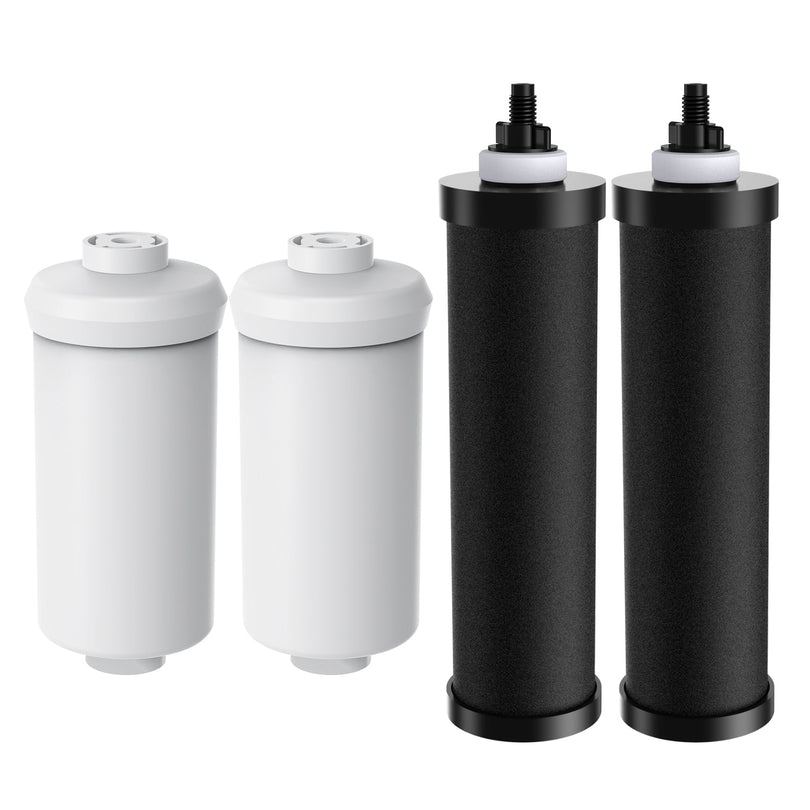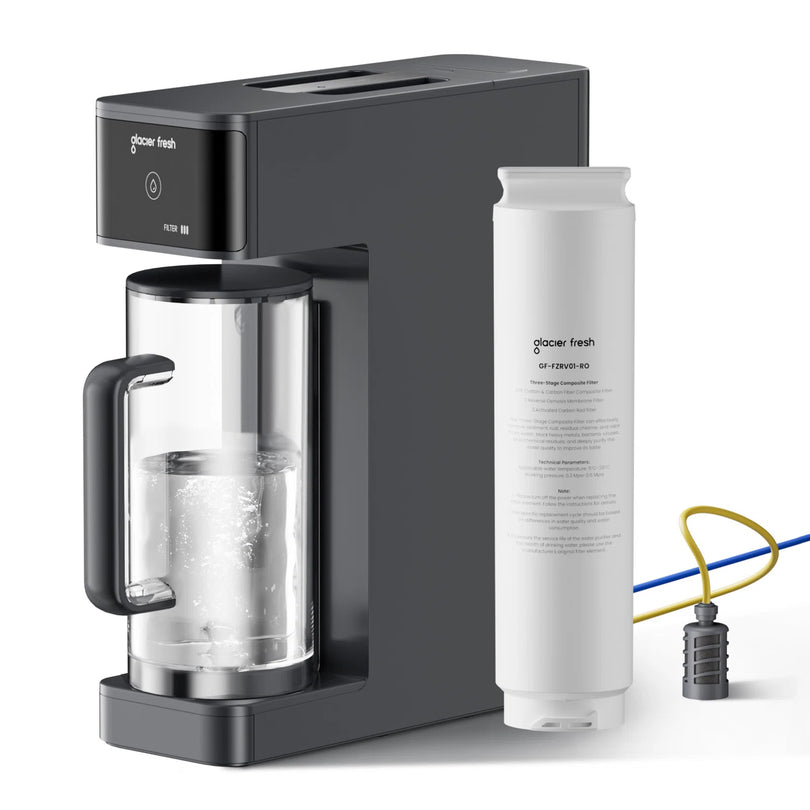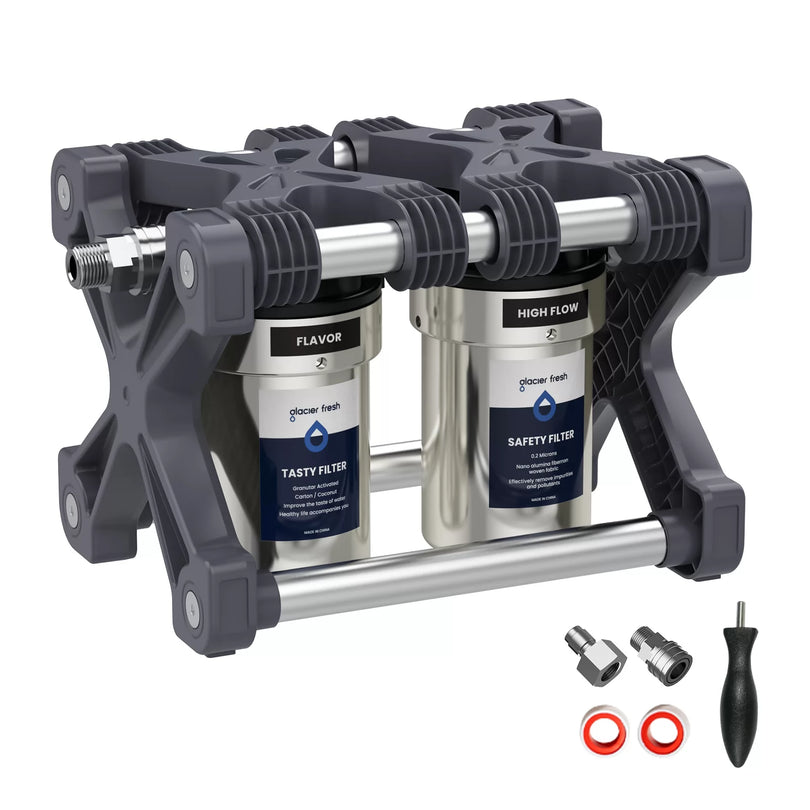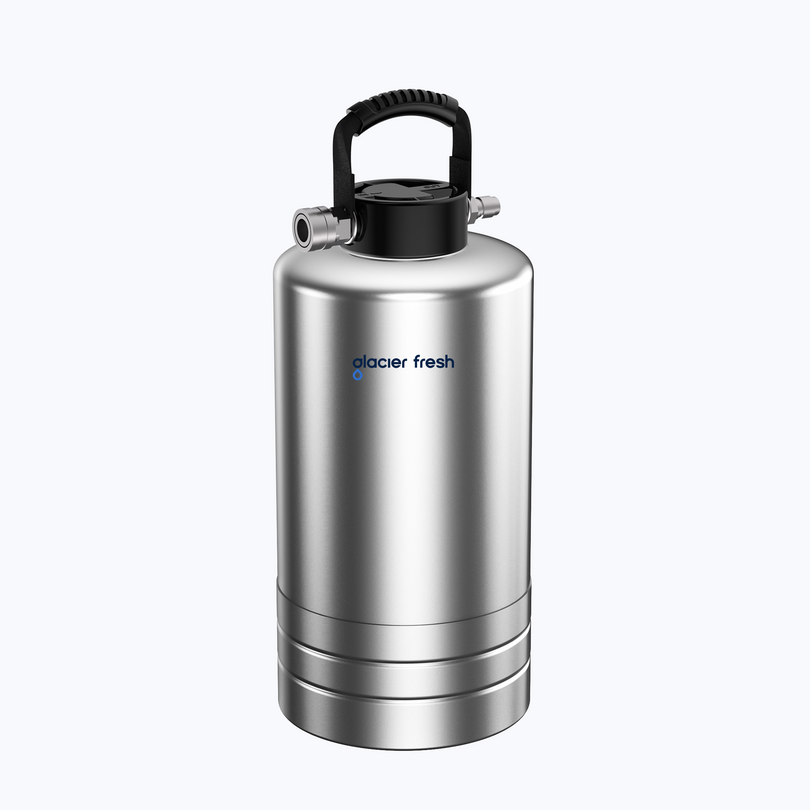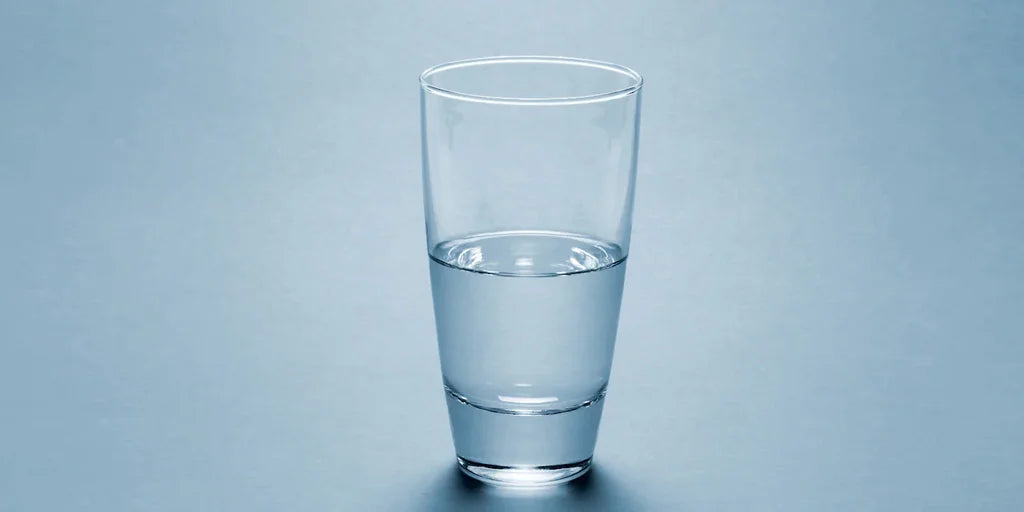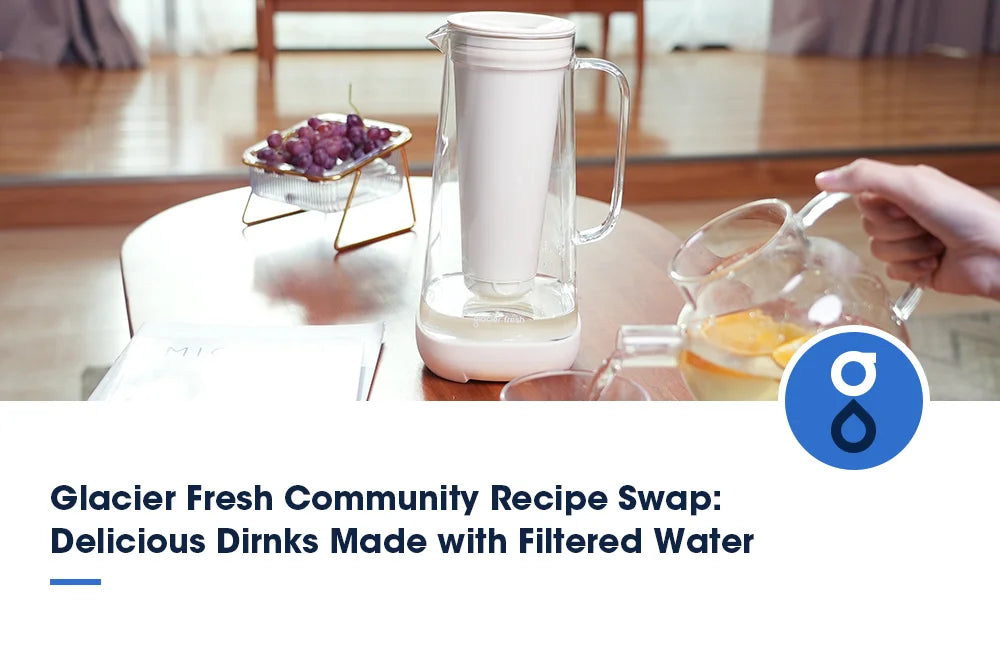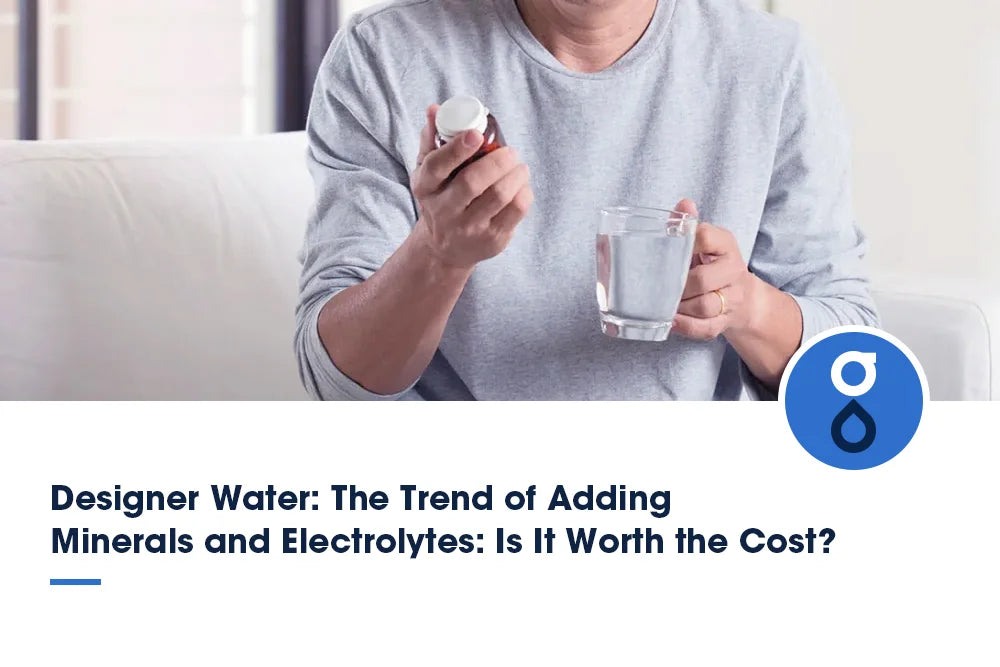Table of Contents:
Chlorine and chloramine: What are they?
Chlorine Vs. Chloramine: What`s the difference?
The importance of addressing both chlorine and chloramine
Types of water filters available
FAQs
Conclusion
If you want clean water, ensure your filter tackles chlorine and chloramine. Chlorine kills fast, but chloramine lasts longer. Some filters miss chloramine. Understanding differences is key. Chlorine can harm chloramine less so. Taste and odor differ—chlorine is noticeable, chloramine less so. You need a filter for both. Health risks vary. Filter choice affects water quality. Maintenance is vital. Learn more about filter types and benefits.
Chlorine and chloramine: What are they?

Chlorine is a common disinfectant used in water treatment plants to kill bacteria and other harmful microorganisms. It works by initiating chemical reactions that break down organic matter and protect against waterborne diseases. On the other hand, chloramine is formed by combining chlorine with ammonia and is also used for disinfection. Unlike chlorine, chloramine has a longer-lasting effect on the water distribution system, ensuring water remains safe as it travels to homes and businesses. Both chemicals are essential for maintaining water quality and safeguarding public health.
Chlorine Vs. Chloramine: What`s the difference?
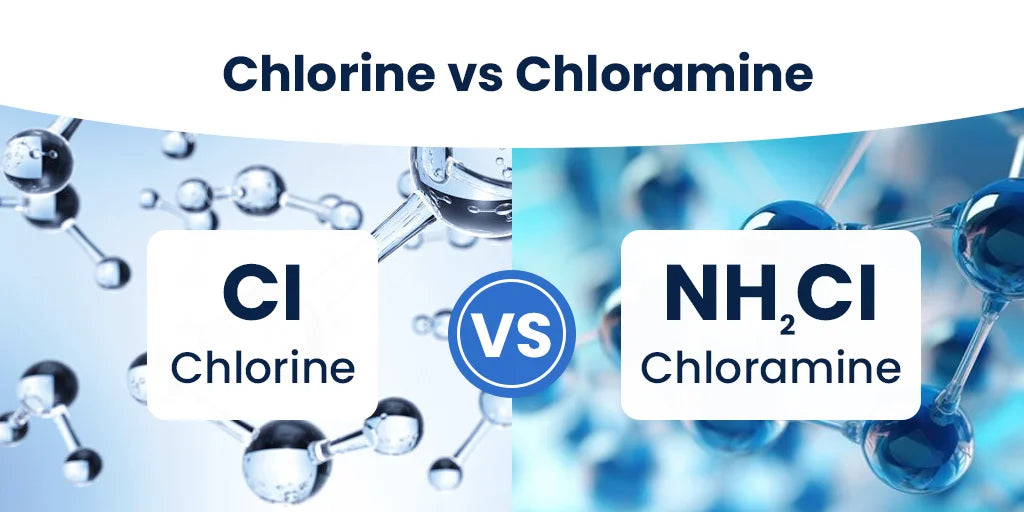
When comparing chlorine and chloramine, it's essential to consider their chemical composition, disinfection properties, taste, odor, and potential health concerns. Understanding these differences can help you make informed decisions about water filtration methods and ensure the safety of your drinking water. Stay vigilant about the distinctions between chlorine and chloramine for a healthier water supply.
Chemical composition
Chlorine and chloramine differ in chemical composition, impacting their effectiveness in water treatment. Chlorine is a simple element often used in water treatment due to its powerful disinfection properties. It reacts readily with organic matter, bacteria, and viruses, purifying water. However, it can also produce harmful byproducts.
On the other hand, chloramine is a combination of chlorine and ammonia. It forms a more stable bond, providing longer-lasting disinfection in water. This stability makes it less reactive in the distribution system, maintaining water quality over extended periods.
When considering filter compatibility, it's crucial to note that some filters designed for chlorine removal may not effectively address chloramine, emphasizing the importance of understanding the specific chemical composition for proper water treatment.
Disinfection properties
In comparison, chloramine and chlorine exhibit distinct disinfection properties due to their differing chemical structures. Chlorine is typically more effective in quickly killing bacteria and viruses, making it known for its higher disinfection efficiency than chloramine. However, chloramine is more stable and longer-lasting in the water supply, providing sustained disinfection over extended periods. Chemical reactions with chlorine tend to produce more harmful disinfection byproducts than those with chloramine, which is a key consideration for water safety.
Taste and odor
Considering taste and odor, the disparity between chlorine and chloramine becomes evident in how they impact the overall drinking water experience. Chlorine often imparts a noticeable taste and smell to water, which many find unpleasant. On the other hand, chloramine tends to produce a less detectable taste and odor than chlorine, making it trickier to identify. To address these differences and enhance your water quality, it's crucial to choose a filter capable of effectively removing both chlorine and chloramine.
Health concerns
To understand the distinctions in health concerns between chlorine and chloramine, it's vital to delve into their specific effects on the human body. Long-term exposure to chlorine has been linked to respiratory issues, such as exacerbating conditions like asthma.
Conversely, chloramine exposure is associated with skin irritation and allergic reactions, making it a concern for individuals with sensitive skin. Furthermore, chlorine in water can contribute to the formation of harmful disinfection byproducts, potentially leading to waterborne diseases and gastrointestinal problems.
The importance of addressing both chlorine and chloramine
Common contaminants and byproducts
Due to the presence of common contaminants and byproducts, it's crucial to address not only chlorine but also chloramine to achieve comprehensive water filtration. When considering water quality, contaminant removal, and filter effectiveness, it becomes evident that a reverse osmosis system must effectively tackle chlorine and chloramine to ensure clean and safe drinking water. Here are some common contaminants and byproducts that emphasize the importance of addressing both elements in water filtration:
- Trihalomethanes (THMs)
- Haloacetic Acids (HAAs)
- Chloramines
- Volatile Organic Compounds (VOCs)
Health risks associated with chlorine and chloramine
Both chlorine and chloramine pose significant health risks requiring thorough consideration in water filtration systems. Chlorine, commonly used to disinfect drinking water, can lead to skin irritation and respiratory issues in high concentrations. On the other hand, chloramine, a combination of chlorine and ammonia, can also cause skin irritation and respiratory problems, particularly in individuals with pre-existing conditions. Both chemicals can harm public health due to prolonged chemical exposure through drinking water. Ensuring your filtration system effectively removes chlorine and chloramine is crucial to safeguard against these risks.
Potential effects on children and pets
Children and pets can be particularly vulnerable to the potential health effects of chlorine and chloramine in water filters. When considering their sensitivities, addressing both elements is crucial to ensure their well-being. Here are some key points to be mindful of:
- Allergies, Irritations: When exposed to chlorine or chloramine, children have respiratory issues. when exposed to chlorine or chloramine.
- Skin, Respiratory: Their delicate skin and developing respiratory systems can be more prone to adverse reactions.
- Sensitivities, Precautions: Taking precautions to minimize exposure is essential for their health and comfort.
- Awareness, Protection: Increasing awareness of these risks allows for better protection of children and pets from potential harm.
Corrosive effects on plumbing systems
Considering the corrosive effects on plumbing systems, addressing the impact of chlorine and chloramine in water filters is crucial. These chemicals can lead to corrosion, affecting plumbing maintenance and requiring costly repairs. By addressing chlorine and chloramine in your water filtration system, you ensure the longevity of your plumbing and maintain water quality and filtration effectiveness. Neglecting to filter out these chemicals can result in health implications due to prolonged chemical exposure. Proper filtration targeting chlorine and chloramine is essential for corrosion prevention, ensuring your plumbing system remains intact, and your water is clean and safe for consumption.

Types of water filters available
You have various options for choosing a water filter for your home. Activated carbon filters are effective at removing common contaminants. Catalytic carbon filters enhance filtration capabilities, while reverse osmosis systems offer a thorough purification process.
Activated carbon filters

Activated carbon filters like glass water filter pitcher are among the most common types of water filters used for purifying water. These filters effectively improve water purity by removing impurities and contaminants through adsorption. Here are some key points about activated carbon filters:
- Adsorption Process: Activated carbon filters work by adsorbing impurities onto their surface.
- Chemical Reduction: They can effectively reduce chlorine, volatile organic compounds (VOCs), and other chemicals.
- Improved Taste and Odor: Activated carbon filters remove these impurities, enhancing the taste and odor of water.
- Cost-Effective: They provide a cost-effective solution for enhancing water quality at home.
Activated carbon filters are a popular choice due to their filtration effectiveness and ability to improve water quality efficiently.
Catalytic carbon filters
When selecting water filters for your home, it is essential to explore the effectiveness of catalytic carbon filters. Catalytic carbon filters are known for their high filter efficiency, making them excellent at removing contaminants from your water supply. These filters promote chemical reactions that break down impurities, improving water quality.
Catalytic carbon filters effectively remove chloramines, hydrogen sulfide, and volatile organic compounds (VOCs) from your water. Incorporating catalytic carbon filters into your filtration system ensures that your water is clean and safe for consumption. Prioritizing water quality through catalytic carbon filters is a proactive step toward safeguarding your household's health.
Reverse osmosis systems
Reverse osmosis systems are known for their high filter effectiveness in removing contaminants and providing cleaner water. They require regular maintenance to ensure optimal performance.
Reverse osmosis systems improve water quality and taste, giving you fresher and better-tasting water. However, it's essential to consider these systems' environmental impact and cost efficiency. While they can be costly upfront and may produce wastewater, they're generally regarded as cost-effective in the long run due to their durability and reliable performance.
FAQs
How do water treatment plants decide whether to use chlorine or chloramine in the water supply?
Water treatment plants decide whether to use chlorine or chloramine based on water quality standards, environmental impact, and public health concerns. They carefully assess these factors to ensure safe drinking water for the community.
What are some alternative methods for removing chlorine and chloramine from water?
To remove chlorine and chloramine without a filter, consider chemical reactions like adding ascorbic acid or using activated carbon. Natural alternatives include boiling or letting water sit to dissipate chlorine. Filtering options range from pitcher filters to whole-house systems.
Conclusion
Ensure your water filter addresses chlorine and chloramine for optimal water purification. Understanding the differences between the two chemicals is crucial in choosing the right filter for your needs. By selecting a filter that effectively removes chlorine and chloramine, you can ensure your drinking water is safe and clean. Keep your water filtration system's quality high- ensure it addresses both chlorine and chloramine.





